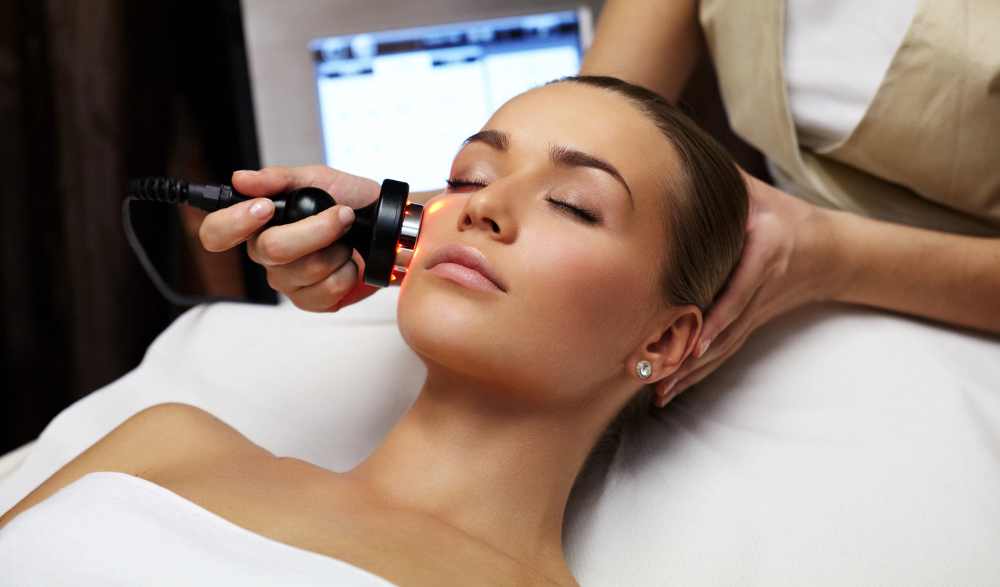
Laser skin rejuvenation is a popular and effective way to improve your skin’s appearance. Whether you’re dealing with wrinkles, sun damage, acne scars, or uneven skin tone, there’s likely a laser treatment that can help. However, with so many options available, it can be challenging to know which one is right for you. This guide will help you understand the different types of laser skin treatments offered by Beverly Hills dermatologists, how they work, and which might be the best fit for your skin concerns.
What is Laser Skin Rejuvenation?
Laser skin rejuvenation involves using focused light energy to target specific layers of the skin. This process can stimulate collagen production, remove damaged skin cells, and promote the growth of new, healthy skin. Different types of lasers penetrate the skin to varying depths, making them suitable for treating different skin conditions.
The primary goal of laser skin rejuvenation is to improve the overall texture, tone, and appearance of your skin. The treatments can reduce the signs of aging, diminish scars, and even out pigmentation, leading to a fresher, more youthful look.
Types of Laser Skin Treatments
There are several types of laser treatments available, each designed to address different skin issues. Understanding the differences between these treatments can help you choose the one that’s best for your needs.
1. Ablative Lasers
Ablative lasers are powerful treatments that remove the outer layer of skin, known as the epidermis while heating the underlying dermis. This process stimulates collagen production and helps new skin to grow in place of the removed layers. Ablative lasers are highly effective for treating deeper wrinkles, severe sun damage, and scars.
Common Types of Ablative Lasers:
- CO2 Lasers: These are among the most intense laser treatments and are often used for deep wrinkles, severe sun damage, and significant scarring. The recovery time can be longer, but the results are typically more dramatic.
- Erbium Lasers: These are less intense than CO2 lasers and are used for moderate wrinkles, fine lines, and some types of scars. The recovery time is usually shorter than with CO2 lasers.
Who Should Consider Ablative Lasers?
Ablative lasers are best for individuals with significant skin damage or aging concerns who are looking for substantial improvements. However, because they are more aggressive, they come with longer recovery times and a higher risk of side effects like redness, swelling, and scarring.
2. Non-Ablative Lasers
Non-ablative lasers are less intense than ablative lasers and do not remove the outer layer of skin. Instead, they target the deeper layers of the skin to promote collagen growth without damaging the surface. These lasers are typically used for treating mild to moderate wrinkles, improving skin texture, and reducing pigmentation issues.
Common Types of Non-Ablative Lasers:
- Nd Lasers: These are commonly used for treating fine lines, wrinkles, and pigmentation issues. They are also effective for treating spider veins and other vascular issues.
- Diode Lasers: These are often used for skin resurfacing and treating acne scars. They penetrate deeply into the skin and stimulate collagen production.
Who Should Consider Non-Ablative Lasers?
- Non-ablative lasers are a good option for individuals who want to improve their skin’s appearance with minimal downtime. These treatments are less invasive, with fewer side effects, but they may require multiple sessions to achieve the desired results.
3. Fractional Lasers
Fractional lasers can be either ablative or non-ablative, but they work by treating only a fraction of the skin at a time. This means they create tiny, controlled injuries to the skin, leaving the surrounding tissue intact. This approach promotes faster healing and reduces downtime while still providing significant results.
Common Types of Fractional Lasers:
- Fractional CO2 Lasers: These are powerful treatments that target deep wrinkles, scars, and severe sun damage while allowing for faster recovery than traditional ablative lasers.
- Fraxel Lasers: These are non-ablative treatments used for treating fine lines, mild wrinkles, and pigmentation issues. Fraxel lasers are also effective for treating acne scars and improving overall skin texture.
Who Should Consider Fractional Lasers?
- Fractional lasers are ideal for individuals who want the effectiveness of an ablative laser without much downtime. They are also suitable for treating various skin concerns, from fine lines to deeper wrinkles and scars.
4. IPL (Intense Pulsed Light)
Although not technically a laser, IPL is often grouped with laser treatments because it uses light energy to target specific skin concerns. IPL is a versatile treatment that can address pigmentation issues, sun damage, redness, and even hair removal.
Who Should Consider IPL?
IPL is best for individuals looking to treat multiple skin issues at once, such as pigmentation and redness. It’s less invasive than laser treatments and comes with minimal downtime, making it a popular choice for those with busy lifestyles.


